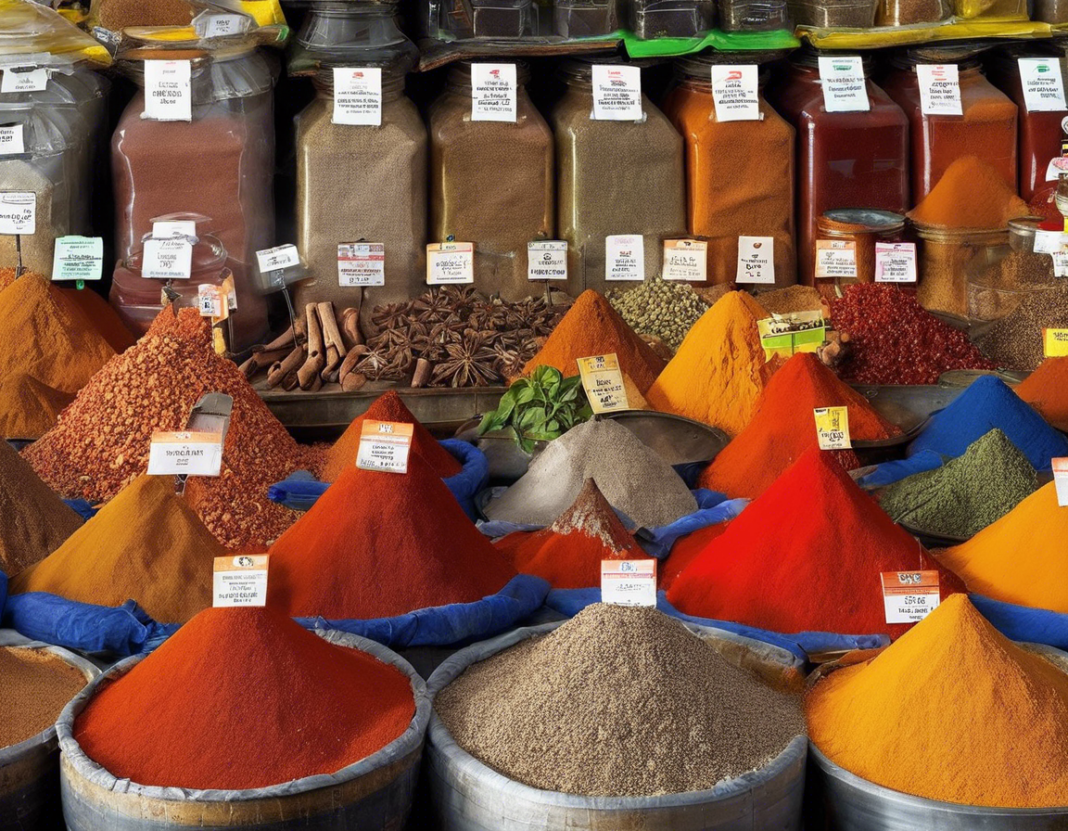Introduction
Ethylene Oxide (EO) is a common industrial chemical that is used to sterilize medical equipment and to manufacture various products, such as antifreeze, textiles, and detergents. However, recent investigations have shown that EO contamination has been detected in food products, including spices.
Ethylene Oxide Contamination in Indian Spices
What is Ethylene Oxide?
Ethylene Oxide is a colorless gas with a slightly sweet odor and is widely used in the production of a variety of consumer products. It is classified as a carcinogen by the International Agency for Research on Cancer (IARC) due to its potential to cause cancer in humans.
How Does Ethylene Oxide Contaminate Spices?
Ethylene Oxide contamination in spices can occur during the fumigation process, where the gas is used to kill bacteria and other contaminants. Improper use of EO or failure to follow safety guidelines can result in residues of the gas remaining on the spices.
Health Risks of Ethylene Oxide Contamination
Consuming spices contaminated with Ethylene Oxide can pose serious health risks, including carcinogenic effects and respiratory issues. Long-term exposure to EO has been associated with an increased risk of cancer, particularly leukemia and lymphoma.
Regulations and Guidelines
In India, the Food Safety and Standards Authority of India (FSSAI) is responsible for setting regulations and guidelines regarding food safety, including the permissible limits of Ethylene Oxide residues in spices. It is crucial for spice manufacturers to adhere to these regulations to ensure the safety of consumers.
Detection Methods
Various analytical methods, such as gas chromatography-mass spectrometry (GC-MS), are used to detect Ethylene Oxide residues in spices. Regular testing and monitoring of spice samples are essential to ensure compliance with safety standards.
Mitigation Strategies
To minimize the risk of Ethylene Oxide contamination in spices, several mitigation strategies can be implemented, including proper handling of spices, adherence to safety protocols during fumigation, and regular monitoring of EO levels in spices.
Conclusion
Ethylene Oxide contamination in Indian spices poses a significant threat to consumer health and safety. It is crucial for regulatory bodies, spice manufacturers, and consumers to work together to ensure that spices are free from EO residues. By implementing strict monitoring and mitigation strategies, the risk of Ethylene Oxide contamination can be minimized, protecting the health of consumers.
FAQs (Frequently Asked Questions)
Q: What are the common symptoms of Ethylene Oxide exposure?
A: Common symptoms of Ethylene Oxide exposure include dizziness, headache, nausea, and respiratory irritation.
Q: Are there any safe levels of Ethylene Oxide exposure?
A: Ethylene Oxide is considered hazardous even at low levels of exposure. It is essential to minimize exposure to this chemical whenever possible.
Q: How can consumers protect themselves from Ethylene Oxide contamination in spices?
A: Consumers can protect themselves by purchasing spices from reputable brands that adhere to safety regulations and guidelines.
Q: What should spice manufacturers do to prevent Ethylene Oxide contamination?
A: Spice manufacturers should follow proper fumigation protocols, conduct regular testing, and ensure compliance with safety regulations to prevent Ethylene Oxide contamination.
Q: Is Ethylene Oxide widely used in the food industry?
A: Ethylene Oxide is not commonly used in the food industry due to its carcinogenic properties. Its use is primarily limited to the fumigation of certain food products.
